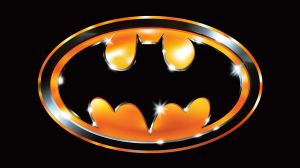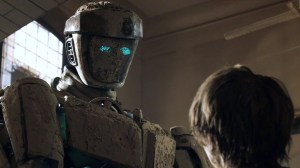Disney’s live action The Little Mermaid became a part of our world when the Halle Bailey starring film surfaced in theaters earlier this year, bringing a new retelling of the iconic animated classic to life on the big screen. Adapting the beloved, Oscar-winning animated film was set to be a massive challenge on a number of levels, but perhaps the biggest one was telling a story that is set in two worlds — one on land and one underwater — in a way that are grounded in reality. While building a world on dry land is one thing, going under the sea to create a believable world of wonder for Ariel is another — and to bring it all to life, filmmakers had to rely on a combination of tricks, including both CGI and practical effects.
Videos by ComicBook.com
How Were the Underwater Scenes Filmed in The Little Mermaid?
A significant part of Ariel’s story takes place under the sea in fantastic locations such as King Triton’s palace, Ariel’s Grotto, Ursula’s Lair. It turns out, bringing those locations to life required the use of blue screen soundstages at London’s Pinewood studios, a “dry-for-wet” approach, and a lot of research.
“There are two different worlds in our story: the above world, which is the very real world, and the underwater world, which is our magical world where mermaids exist, crabs sing, and diving birds like Scuttle speak,” director Rob Marshall said. “The underwater world is entirely digital, and above the water, everything is real and constructed in the way a classic period film is.”
Underwater scenes were then created in post-production, something that executive producer and united production manager Jeffrey Silver explained.
“We started by doing pre-vis animation that calculated and designed and created the entire way that the scenes would play out and then we looked at every shot to decide how it could best be accomplished,” he said.
What Is “Dry-For-Wet” and How Was it Used in The Little Mermaid?
The dry-for-wet approach saw the film’s actors film their underwater scenes in front of a blue screen while using various rigs and equipment that would allow them to simulate underwater movement. According to Marshall, it required a lot of stunt performers and choreography.
“Everything had to be choreographed very specifically with a large team of stuntmen and women, who helped maneuver our characters around,” Marshall said.
There were also other tricks that were used to simulate caustic lighting for water sequences as well.
“Water caustics are usually done through reflection, through mylar, but Dion [Beebe, director of photography] designed the most organic method of creating underwater lighting that I’ve ever seen, which translates to film very well,” Silver said.
What is The Little Mermaid About?
The Little Mermaid is the beloved story of Ariel, a beautiful and spirited young mermaid with a thirst for adventure. The youngest of King Triton’s daughters, and the most defiant, Ariel longs to find out more about the world beyond the sea, and while visiting the surface, falls for the dashing Prince Eric. While mermaids are forbidden to interact with humans, Ariel must follow her heart. She makes a deal with the evil sea witch, Ursula, which gives her a chance to experience life on land, but ultimately places her life – and her father’s crown – in jeopardy.
The film stars singer and actress Halle Bailey (grown-ish) as Ariel; Tony Award® winner Daveed Diggs (Hamilton, Snowpiercer) as the voice of Sebastian; Jacob Tremblay (Luca, Room) as the voice of Flounder; Awkwafina (Raya and the Last Dragon) as the voice of Scuttle; Jonah Hauer-King (A Dog’s Way Home) as Prince Eric; Art Malik (Homeland) as Sir Grimsby; Noma Dumezweni (Mary Poppins Returns) as Queen Selina; with Oscar® winner Javier Bardem (No Country for Old Men, Being the Ricardos) as King Triton; and two-time Academy Award® nominee Melissa McCarthy (Can You Ever Forgive Me?, Bridesmaids) as Ursula.
The Little Mermaid is now streaming on Disney+.








